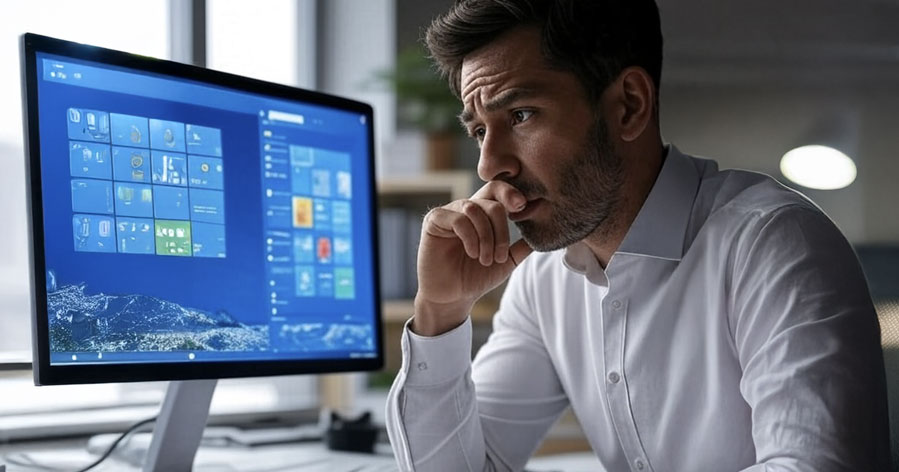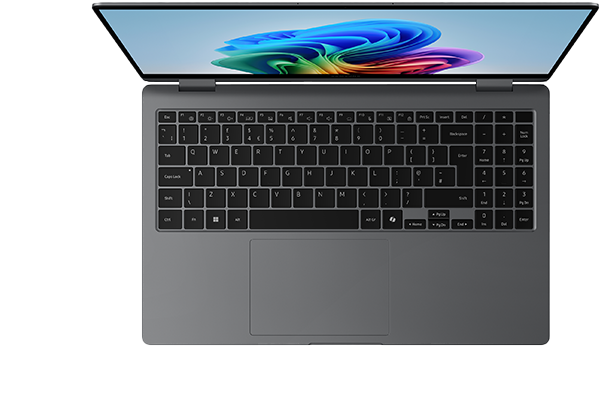Keep Windows 10 or Upgrade? Why Refurbished IT might save you more

With Windows 10 support officially ending in October, many organisations are facing a tough decision: pay for extended support, or upgrade to brand new equipment.
But what if there was a third option — one that offers better value, future readiness, and long-term support? Let’s break it down:
The Real Cost of Keeping Windows 10
If you’re planning to stick with your existing devices, you’ll need to factor in the cost of Microsoft’s Extended Security Updates (ESUs). For most organisations, that means:
- Around £45 per device in Year 1
- Around £90 in Year 2
- Around £180 in Year 3
That’s a total of around £315 per device over three years — just to maintain security compliance on ageing hardware, with no improvements in performance, user experience, or device longevity.
In other words, you’re paying more each year to keep using an outdated device — and that’s not sustainable.
What if you could upgrade for just a bit more?
Now imagine this:
Instead of spending £315 to keep old, potentially underpowered hardware running, you invest in a 2nd Life IT device — a high-spec refurbished corporate-grade laptop or desktop from Dell, Lenovo, or HP.
We may even be able to offer you some value for your old estate, helping to further minimise your outlay.
Here’s what you get:
- Fully refurbished device: Professionally restored, performance-tested, and upgraded for reliable day-to-day use
- Looks as good as new: Exceptional cosmetic standards.
- Ready for Windows 11: Fully compatible.
- Future-ready hardware: With corporate specs (16GB RAM, 512GB SSD, 14” screen)
- 3 years of full warranty support: Repairs or replacements covered
- No large upfront cost : We can finance your 2nd Life IT equipment over 3 years with our flexible subscription model.
All of this for less than double the cost of the Windows 10 ESUs — with far more long-term value.
A smarter, greener, more cost-efficient choice
2nd Life IT devices not only save you money, they help reduce electronic waste, lower carbon emissions related to manufacturing, and support a more sustainable IT lifecycle.
Instead of extending the life of unsupported, outdated hardware, you get a refreshed, high-performance device that's compliant, cost-effective, and ready for what’s next.
So, why pay £315 to keep your old hardware on life support, when you could upgrade to something better for not much more?
Make the sustainable choice. Reach out today and discover the benefits of 2nd Life IT.
Related Blogs

Join us at Bett 2026: Discover Sustainable IT for Education
We’re excited to announce that we’ll be at Bett 2026, taking place on 21–23 January at ExCeL London! Visit us at stand NG11 to explore the future of sustainable IT for schools.

Unlock cash and flexibility after your Windows 11 upgrade
Upgrading from Windows 10 to Windows 11 is more than just new hardware, it comes with hidden costs like software, migration, training and downtime. If your IT transformation has stretched your budget, now is the perfect time to unlock the value tied up in your assets.

Short Term IT rentals for growing Academy Trusts
When an academy trust grows, IT often becomes one of the biggest challenges. Whether you’re onboarding a new school, launching a short-term project, or supporting research initiatives, having the right devices at the right time is critical, but it can also be costly and time-consuming.
